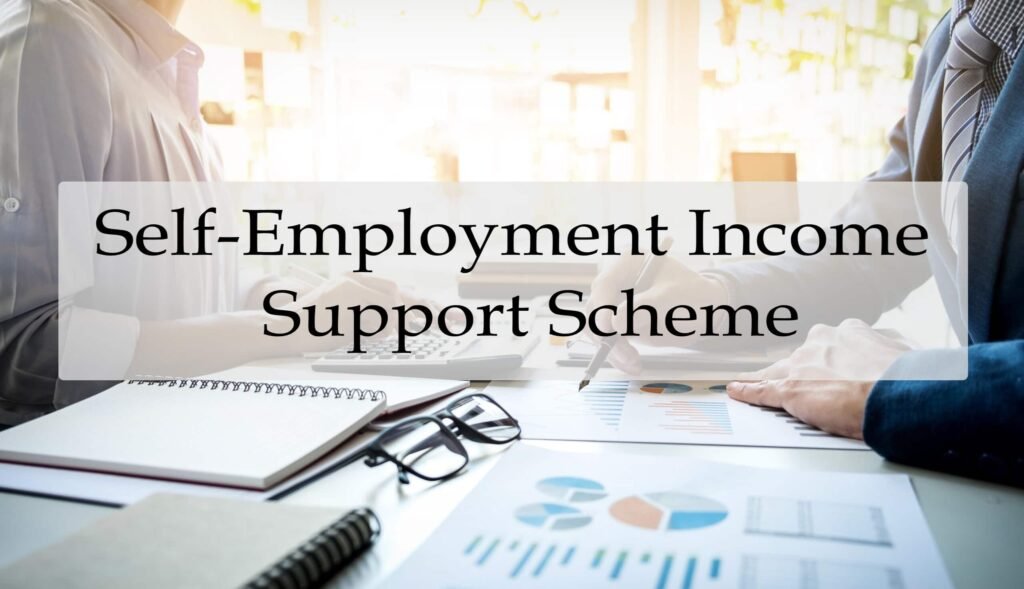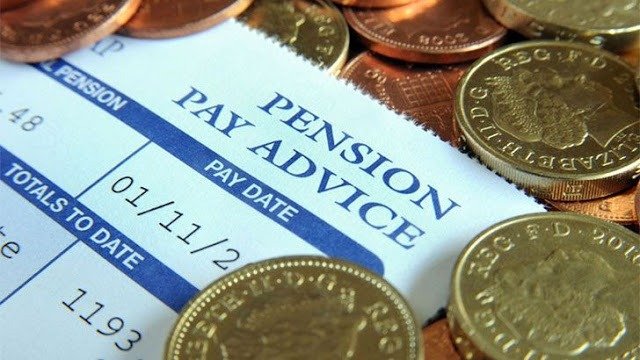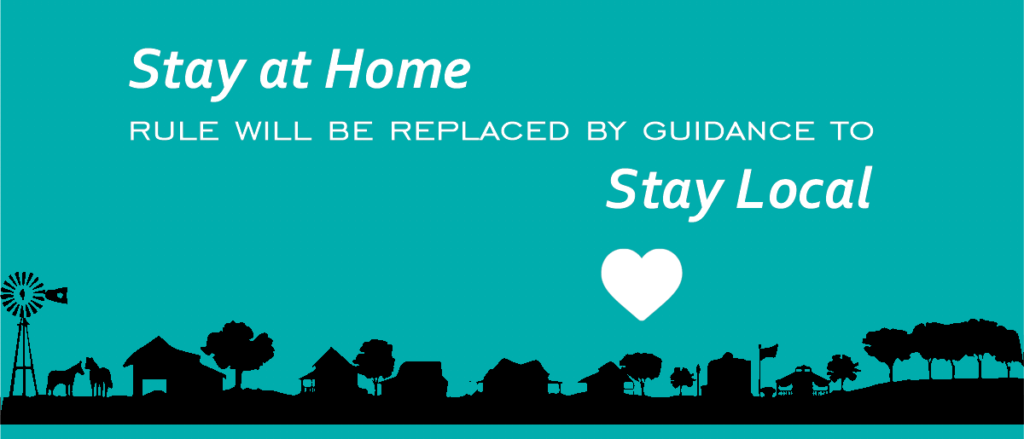Cenos Floating Offshore Windfarm
Cenos Floating Offshore Windfarm consultation event 01.10
Members of the public and other stakeholders are invited to attend a consultation event on the proposals for the Cenos Floating Offshore Windfarm.
Members of the public and other stakeholders are invited to attend a consultation event on the proposals for the Cenos Floating Offshore Windfarm. The event, which will be held at Peterhead Football Club on 1 October 2024 is hosted by Cenos Offshore Windfarm Limited, a joint venture project between Flotation Energy and Vårgrønn. The project team will be on hand to answer questions and invite feedback on the proposals for associated infrastructure.
With a nominal capacity of up to 1400 MW, Cenos is a pioneering project that will provide renewable power to the UK grid and the possibility to electrify and decarbonise offshore oil and gas platforms in the UK North Sea. Delivered as part of Crown Estate Scotland’s Innovation and Targeted Oil and Gas (INTOG) leasing round, once complete, Cenos will be one of the world’s largest floating offshore windfarms, providing 5.5 TWh+ of renewable power to the UK grid each year.
Cenos will be located approximately 200km due east of shore from Aberdeen, and Peterhead is the closest coastline approximately 190km from the array boundary. The activity within Scottish Territorial Waters will consist of installation of a submarine export cable bundle from the windfarm site to landfall and associated rock deposits along partial lengths of the cable within the cable trench(es) to ensure complete burial and at cable crossing locations. The offshore export cables are proposed to make landfall close to Long Haven – between the villages of Boddam and Longhaven. Cenos Offshore Windfarm Limited is currently preparing consenting applications for the offshore aspects of the Project.
The onshore aspects for ongoing grid connection have already been consented through the NorthConnect HVDC Cable Planning Consent (Planning Application Reference Number APP/2015/1121 and APP/2018/1831). The onshore aspects are therefore not assessed as part of current consent applications, which relate solely to the offshore project (seaward of Mean Low Water Springs).
The pre-application consultation event will be held on 1 October 2024, at Balmoor Stadium, Peterhead Football Club, Balmoor Terrace, Peterhead, AB2 1EQ, in accordance with The Marine Licensing (Pre-Application Consultation) (Scotland) Regulations 2013.
The two sessions will be held on 1 October from 12-3pm and 4-7pm.
Christopher Pearson, Project Director for the Cenos Floating Offshore Windfarm said:
“Our Cenos project will play a critical role in speeding up the energy transition, strengthening Scotland and the UK’s position as a global leader in floating wind.
“Feedback from the local community is a vital component to assuring we develop our proposals effectively and in tune with all stakeholder requirements. That’s why we are inviting everyone with an interest in the project to come along and meet the team on 1 October and are keen to hear their views.
“For anyone unable to attend in person, all relevant information will also be posted on our website at https://cenosoffshorewind.com/“
Cenos and its partner project Green Volt (which has already been granted full onshore and offshore consent) will accelerate the delivery of renewable energy in the UK and kickstart the development of a robust local supply chain for floating offshore wind. These projects will also help to position the UK to supply the new and rapidly growing global floating offshore wind market, which is expected to reach 300 GW in the next 30 years.
Cenos, through the electrification and decarbonisation of participating oil and gas platforms will play a key role in helping deliver UK Government targets for offshore wind power capacity; specifically floating offshore wind. A key contributor to Scotland’s 2045 net zero targets, Cenos supports the North Sea Transition Deal aim to reduce offshore oil and gas sector emissions. Learn more about Cenos: www.cenosoffshorewind.com






